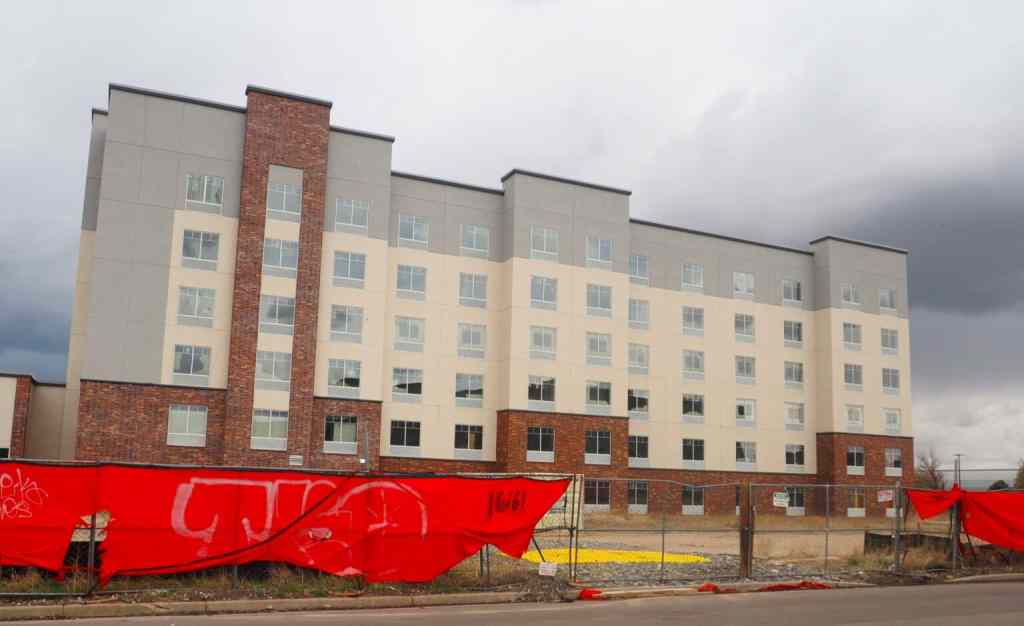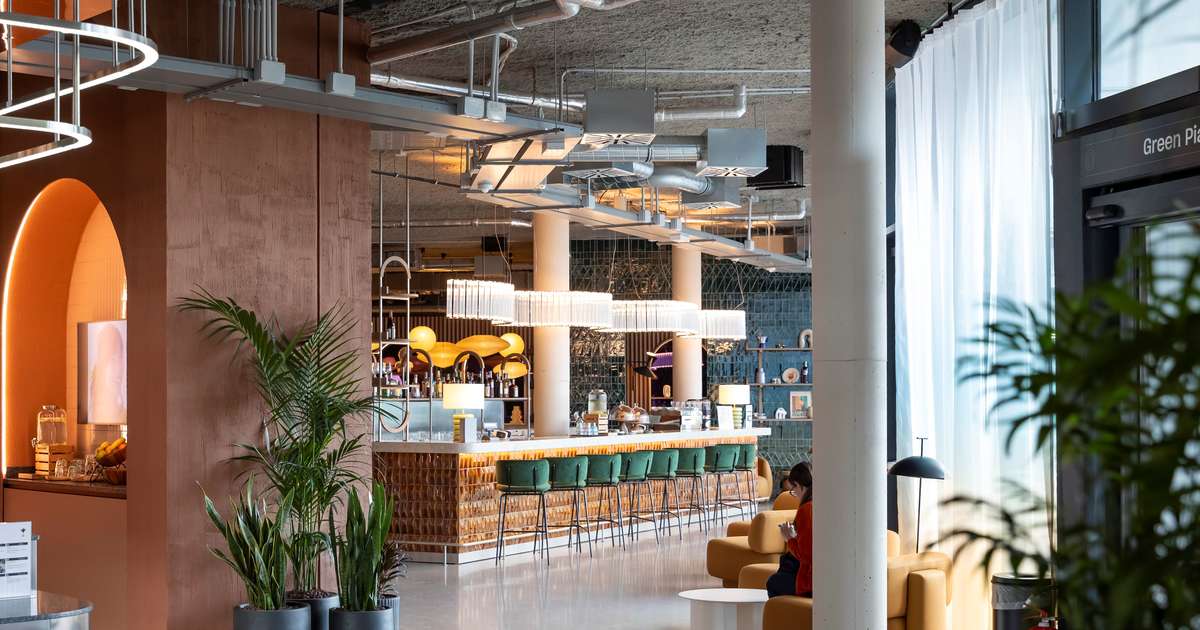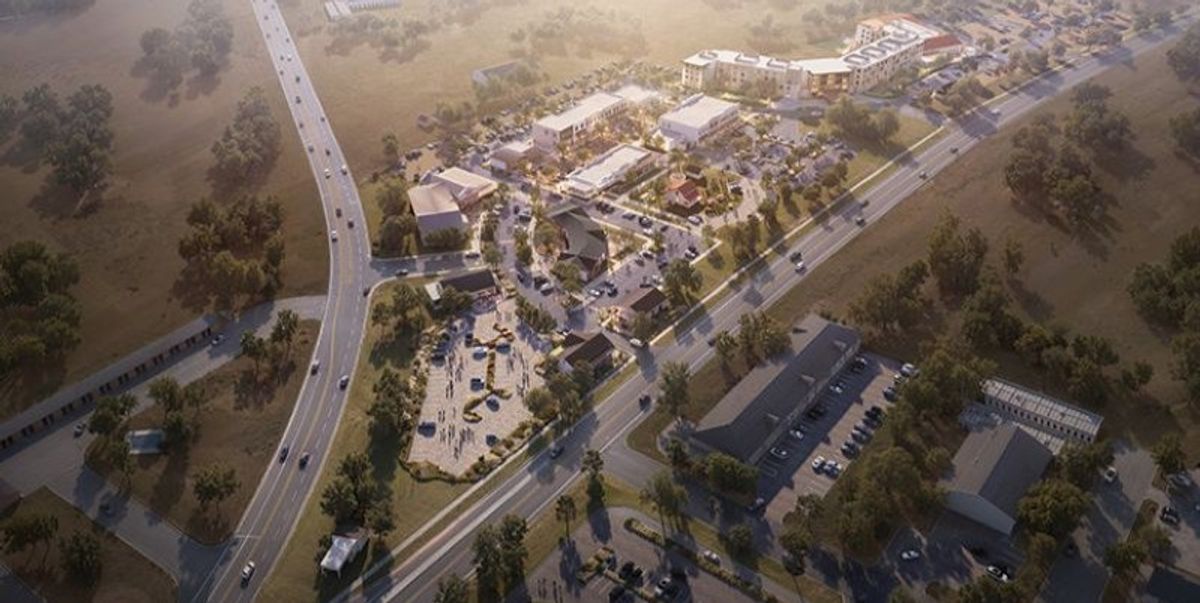
What trends do I see in hotel visual marketing today?
The biggest one is emotional presence. In 2025, guests no longer respond to static perfection — they seek atmosphere. They want to feel what it’s like to be there before they ever arrive. That’s why we’re seeing a shift away from traditional photography and toward dynamic, immersive content — especially short-form videos and drone storytelling.
As a drone content creator and hotel visual strategist, I’ve seen firsthand how this shift is influencing booking behavior. When hotels embrace this new format, they don’t just enhance their visuals — they redefine how they connect with their audience.
The Rise of Movement-Based Marketing
The modern traveler isn’t inspired by a perfect room photo — they want to see sunlight flooding the balcony, hear the ocean from above, and imagine themselves walking barefoot to the pool. This demand for authenticity is why platforms like Instagram Reels and TikTok have become the front lines of hotel discovery.
Drone footage has emerged as a leading format because it offers something no other tool can: emotional scale and spatial context. It allows potential guests to understand not just the room, but the property, the surroundings, the feeling of arrival. This matters deeply, especially for resorts, nature retreats, and coastal hotels.
From Flyovers to Storytelling: What Actually Works
A common misconception is that a single drone flyover is enough. In reality, it’s not about capturing a building from the sky — it’s about crafting a visual experience that evokes emotion and tells a story.
In my work with hotels across the U.S., I approach each shoot as a brand strategist would:
- Who is this property for?
- What is the unique mood or promise?
- What moments will resonate with the guest?
Then I build a shot sequence: early morning coffee on the patio, the golden glow of sunset by the pool, the layout of the property from above. Every clip has a purpose — to bring the atmosphere to life.
Real Results: Why Drone Content Drives Bookings
The most successful hotels I’ve worked with use drone videos not just on social media, but also:
- on their websites,
- in booking platforms like Expedia and Booking.com,
- in digital advertising campaigns,
- and in email marketing.
One client — a boutique hotel in California — reported a notable increase in direct bookings after incorporating my drone footage into a retargeting campaign. Why? Because it showed what static photos couldn’t: mood, landscape, and an emotional preview of the stay.
This kind of content isn’t just visual — it’s strategic.
Relatability Over Luxury
Another key trend: guests today respond more to relatable experiences than to opulence. Aerial shots of everyday beauty — swaying trees, quiet moments, golden skies — often outperform hyper-curated “luxury” visuals. It’s no longer about selling a product. It’s about inviting someone into a moment.
Final Thoughts: Drone Storytelling Is the New Standard
As we look ahead, drone content is becoming essential for hospitality brands that want to stay competitive. It’s immersive, emotional, and efficient — one shoot can produce dozens of reusable assets across formats and platforms.
My advice to hotels: Don’t just hire a videographer. Collaborate with a creator who understands marketing, storytelling, and your brand’s soul. The future of hotel marketing is no longer static — it moves, breathes, and flies.
Olha Kotova
Freelance Travel Content Creator & Hotel Collaborator


